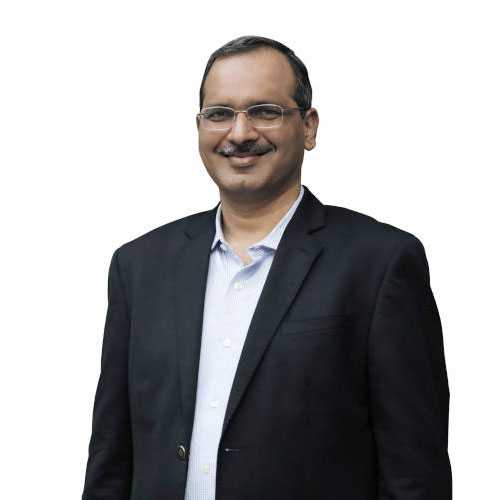“Any deep crisis is an opportunity to make your life extraordinary in some way.”– Martha Beck, Author The financial inclusion story, post the notorious Andhra Pradesh crisis that rocked the micro-finance industry in 2010, stands out as a shining example of the extraordinary opportunity that American author Martha Beck speaks of. The micro-finance industry was down in the dumps after several people committed suicide allegedly due to their inability to return loans and coercion by collection agents. The Malegam committee, set up by the RBI, suggested a slew of reforms and setting up a separate category of Non-Banking Finance Companies for the micro finance sector (NBFC-MFIs), stipulating a maximum interest of 24 per cent and a Rs25,000 cap on loans and, above all, the avoidance of multiple-lending, over-borrowing and ghost-borrowers. Despite the AP setbacks, the micro-finance industry in India has recorded healthy growth in the past few years, as its GLP (gross loan portfolio) increased at a CAGR of 24 per cent to reach about Rs3.20 trillion in 2019-20 from Rs1.7 trillion-odd in 2016-17. CRISIL Research expects the industry to recover and grow at a strong rate over the next few years. In comparison, other segments like housing finance and auto finance had outstanding credits of Rs20.40 trillion and R8.20 trillion respectively, in 2019-20. A total of 170 entities are present in this space. According to the CRISIL Report, the average MFI penetration in India is only 21 per cent. The relatively underpenetrated states, such as Uttar Pradesh, Uttarakhand and Himachal Pradesh, will drive future growth along with some of the moderately penetrated states, such as Rajasthan, Chhattisgarh, Haryana, Punjab and Jharkhand. MFIs have a significant role to play in furthering financial inclusion in India. As of March 2020, the largest share of microfinance was held by 84 NBFC-MFIs with a total gross loan portfolio of Rs737 billion. Some of the key NBFC-MFI players in the industry include Credit Access Grameen, Satin Creditcare Network, Spandana Sphoorty Financial, Asirvad Microfinance, Muthoot Microfin and Arohan Financial. Dramatic change Of these, Arohan Financial Services presents an impressive turnaround story. Started by Shubhankar Sengupta in 2006, Arohan went into a tailspin in the wake of the AP tsunami. Enter Aavishkar Group, which sits on an AUM of one billion dollars! Arohan’s course changed dramatically. Today, it has emerged as the largest NBFC-MFI in Eastern India and the fifth largest NBFC-MFI in India based on GLP, says CRISIL. The country’s top 10 NBFC-MFIs contributed to more than 70 per cent of the NBFC-MFI portfolio in 2019-20. Among the top 10 NBFC-MFIs, Arohan had the third highest GLP CAGR between 2016-17 and 2019-20. Among the Eastern India-based NBFC-MFIs, it had the highest growth in customers between 2017-18 and 2019-20. Arohan Financial Services plans to open its doors to the public and has received the regulator SEBI nod. Though the IPO details are yet to be finalised, the company may raise up to Rs1,500 crore via an IPO comprising a fresh issuance of shares, amounting to Rs850 crore. The company will have an Offer for Sale (OfS) of 27,055,893 equity shares by Maj Invest Financial Inclusion Fund II K/S, Michael & Susan Dell Foundation and Tano India Private Equity Fund II, collectively. Edelweiss Financial Services Ltd, ICICI Securities Ltd, Nomura Financial Advisory and Securities (India) Private Limited and SBI Capital Markets Limited are the managers to the issue. “We see a huge opportunity as 11 of the 14 low-income states in India have micro-finance penetration of less than 30 per cent, and therefore, these states have a huge gap in credit demand and supply,” says Manoj Kumar Nambiar, MD, Arohan. “As of 2019-20, we also had the second lowest average disbursement size of Rs21,373 among the top 10 NBFC-MFIs and this positions us well in a market with significant room for future growth,” he adds.
-

Nambiar: offering a wide range of loans


































